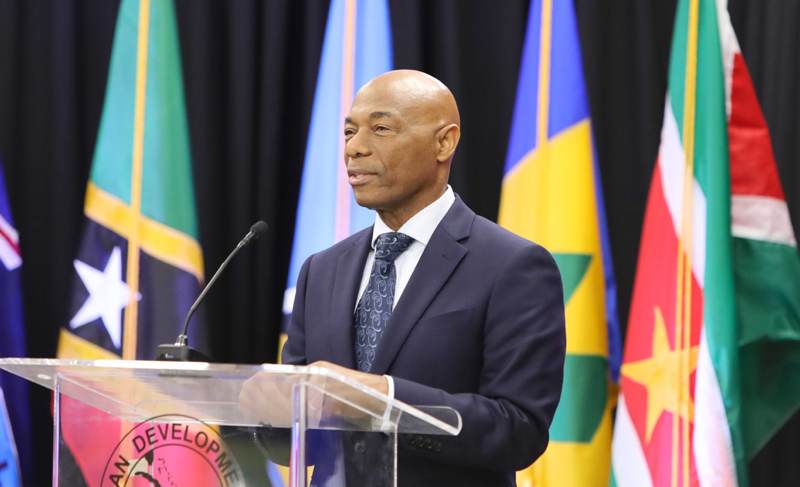Cat bonds for recovery highlighted by Caribbean Development Bank

Catastrophe bonds and parametric insurance have both been highlighted by the President of the Caribbean Development Bank (CDB) in a speech laying out priorities for 2022 and a plan for marshalling financing to support regional economies.
The Caribbean Development Bank (CDB) is designing a “financing ecosystem” through which it aims to support the regions economies and distinguish between three key financing stages, Rescue, Recovery and Repositioning.
The goal is to support its Borrowing Member Countries’ (BMCs) immediate economic needs and also propel their long-term growth and development, while transitioning to sustainability.
Speaking yesterday, CDB President, Dr Gene Leon explained that the Bank will aim to “marshal financing for a range of innovative instruments” with the goal of supporting and propelling future growth and prosperity.
“To meet the region’s development needs, and for the attainment of the SDG goals, we need to approach our financing needs in a wholesome manner, addressing both the existing debt stock problem and flow financing for development. This would require a wide spectrum of financing instruments that is underpinned by a strong regulatory environment and a well-developed financial market infrastructure.” Dr Leon explained at the CBD’s annual news conference.
One of the key areas of focus for 2022 is expected to be disaster risk financing, which is where the first stage of financing, Recovery, is seen as particularly important and this is where insurance-linked securities have a role to play.
“Financing for Rescue needs to be highly flexible and targeted for meeting liquidity needs arising from emergencies, especially natural hazards, be sufficient, have minimum conditionality, and with automatic triggering for fast paced disbursement,” Dr Leon explained.
Going into more detail, Leon said that possible instruments that can be applicable to this stage of Caribbean economy financing needs are the CBD’s own emergency loan facilities, alongside parametric insurance delivered by the Caribbean Catastrophe Risk Insurance Facility, insurance-linked securities such as catastrophe bonds, and rapid paying credit and investment facilities from the IMF.
The goal is to leverage the three stages of financing to enable faster response or recovery and to build resilience as well.
Dr Leon said, “Our development challenge is not merely to recover lost ground and close the distance to achieving SDGs, but to fundamentally alter the development path so that our societies can be placed on a higher and more sustainable welfare path in the future.”
The Caribbean economies have gained experience in responsive disaster risk financing thanks to the CCRIF and its range of parametric insurance products.
In addition, after the first catastrophe bond for a Caribbean nation was issued for Jamaica last year, the region is now also increasingly being exposed to the subject of accessing the capital markets to source responsive disaster risk financing as well, so it’s encouraging to see catastrophe bonds placed on the financing agenda for the CBD.
Securing responsive post-disaster risk financing, using catastrophe bonds or parametric insurance instruments, is seen as a key way to ensure the important rescue funding is available, through a true transfer of risk off the economic balance-sheet without having to increase the debt burden, which is seen as very important in the Caribbean.
Of course, catastrophe bonds can also provide liquidity for the recovery stage as well and can be an efficient alternative to other financing sources.






